In PolyBrute, Arturia’s analog brute engine is used for the first time in polyphonic, supplemented with many new options including morphing & more.
Now it is official. Arturia today introduced its first true polyphonic analog matrix Synthesizer, the PolyBrute. There has been a lot of speculation but now the dream has come true. A MatrixBrute in poly, mh no, a different beast.
The PolyBrute offers a 6-voices polyphonic analog core that is powered by two analog VCOs, two filters, three envelopes, three LFOs, the beloved modulation matrix, parameter morphing, poly sequencer & more.
Analog Details
Starting with the core of the PolyBrute, the characterful analog oscillators, we know from the MatrixBrute, MiniBrute… They are equipped with sawtooth, triangle, and pulse waveforms but also with the unique UltraSaw and Metalizer waveforms which play an important part in the sound of any brute Synthesizer. Distortion, wavefolding, linear FM control, hard sync, everything is on board to shape the waveforms to the perfect tone.
It’s a 100% analog signal path that is also equipped with a noise generator with different flavors. After an oscillator meeting in the mixer, the signal is routed further into two filters, a Steiner-Parker and Ladder Filter which are both selectable for each sound source. The Steiner Park Filter is a continuous morphing filter with LP/Notch/HP/BP with cutoff, resonance, and the famous Brute factor. The Ladder filter on the other side comes with 24dB/Oct and distortion.
Modulation Power
On the modulation side, it comes with three envelopes, two ADSR and one DADSR with looping capability. Three LFOs where LFO 1 & LFO2 offers waveforms from a selection, LFO3 goes deeper and offers one waveform with shaping functionalities (shape & symmetry). For all three low-frequency oscillators, there is a rate control, tempo sync and various retrigger options.
Digital Effects
To refine your sounds, it comes with three stereo digital effects including modulation effects, delays, and reverbs. Available are:
- chorus, phaser, flanger, ring modulation…
- 9 delay algorithms: BBD, digital delay,…
- 9 reverb algorithms: hall, plate, spring, shimmer (yes!),…
Functions That Make The PolyBrute Different
The MiniBrute series, but also the MatrixBrute, always impressed me with its very own sound character. With the PolyBrute they keep these sounds, go a step further and have built-in many features that make it very different from other synths. Starting with super interesting morphing abilities of Arturia’s new polyphonic synth. This new engine allows you not only to morph between two different patches but also between two completely different states within any patches. This means you can perform patches in a completely new way.
To make this morphing a great experience, the developers have developed the Morphee, a kind of built-in Touché controller on the left. It’s a three-dimensional performance touchpad that allows you to manipulate any facet of PolyBrute’s sound, from delicate morphing to extreme dynamic shifts, across the X, Y, and Z-axis in an instant. Further, you have a ribbon controller with which you can also manipulate creative patches.
So that the PolyBrute is also a PolyBrute, the familiar matrix (12×32) must not miss. This is responsible for four functions: presets, sequencer, mods & morph. The matrix gives you instant access to 768 preset slots including patches from professional sound designers. Secondly, it operates as a 64-step polyphonic sequencer and gives you a tactile visual interface with which you can create sequences, arpeggios, parameter motion recordings, and more.
Further, it also operates as a 96-point digital patch bay with up to 32 destinations. Last but not least, it also plays an important part in the morphing feature. It allows you to adjust the modulation source and destinations for the A and B states within the preset.
Connectivity
When it comes to connections, the PolyBrute is somewhat disappointing compared to the MatrixBrute. There is less fun for modular users. It offers MIDI i/o, USB, analog clock i/o, two expression pedal, and a sustain pedal input. No CV in/outs, a bit of shame
First Look
I was able to see the PolyBrute in a hotel room at NAMM 2020. At that time unfortunately still equipped with a wobbly firmware. The look is very sexy and classy. Especially the three-dimensional Morphee pad on the left is a lot of fun. In terms of sound, I can’t say much because the firmware wasn’t ready at the time. From the YouTube demos, it sounds very solid and full of character, like a brute synthesizer should sound.
With a price of € 2,499, the PolyBrute is only € 400 more expensive (official retail price) than a MatrixBrute. I don’t know if that’s that good. I’d rather go for the poly than the matrix. Poly is always the king.
Arturia PolyBrute is available soon for 2499€.
More information here: Arturia
Available for pre-order at our partner

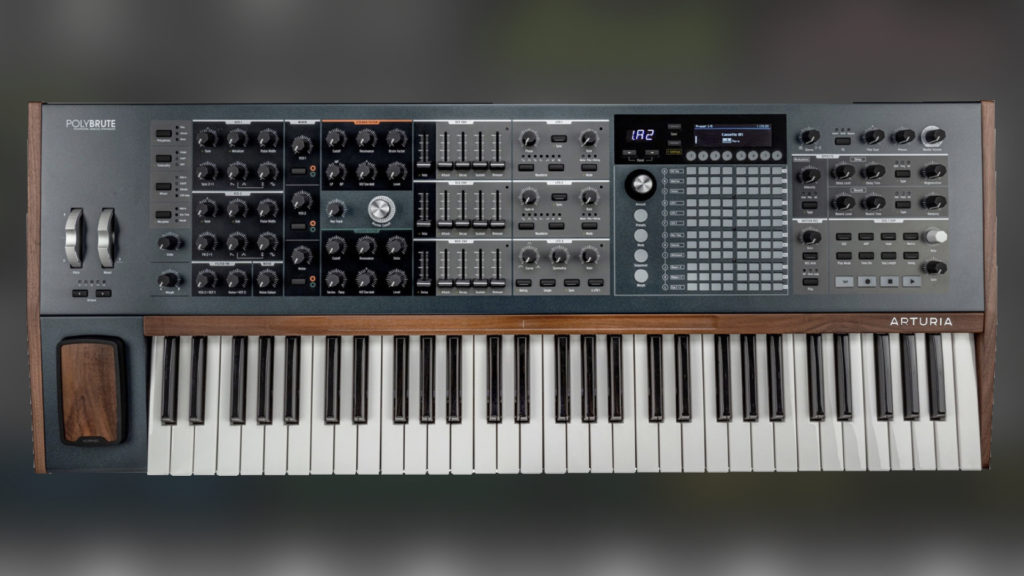
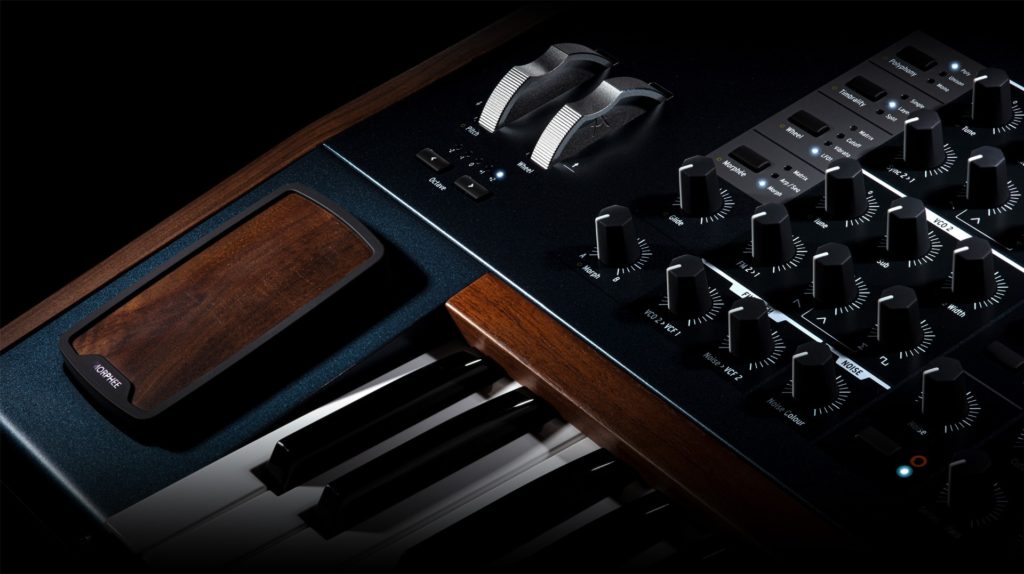
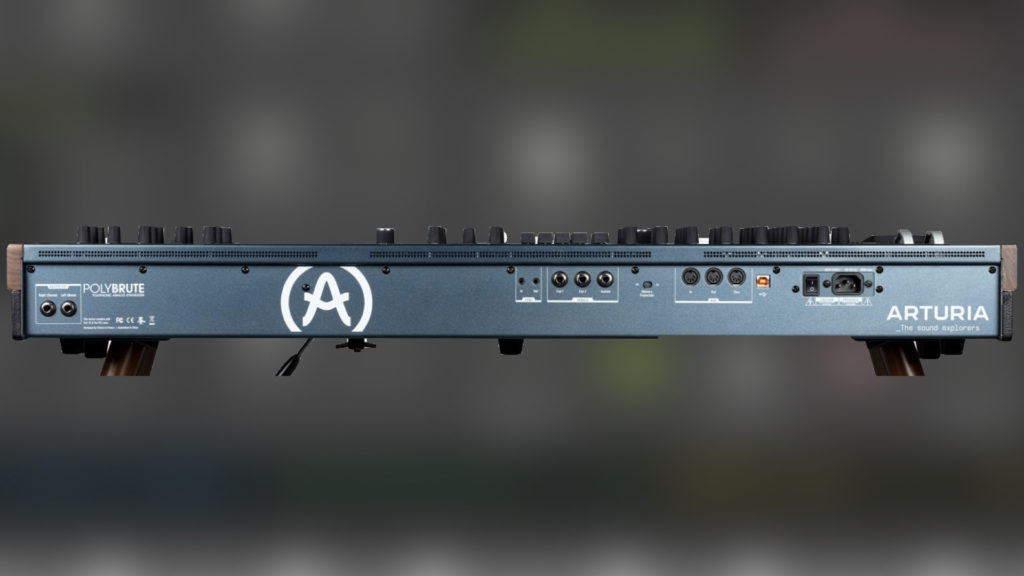

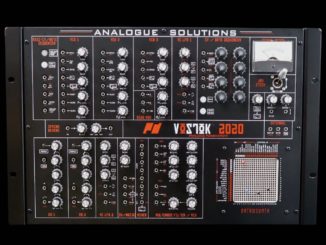
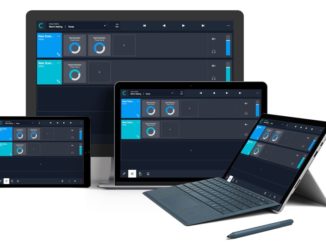
Be the first to comment